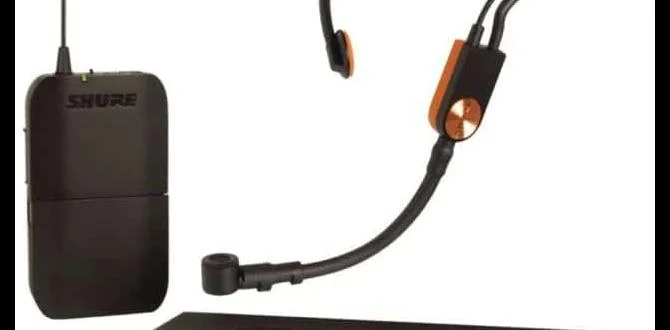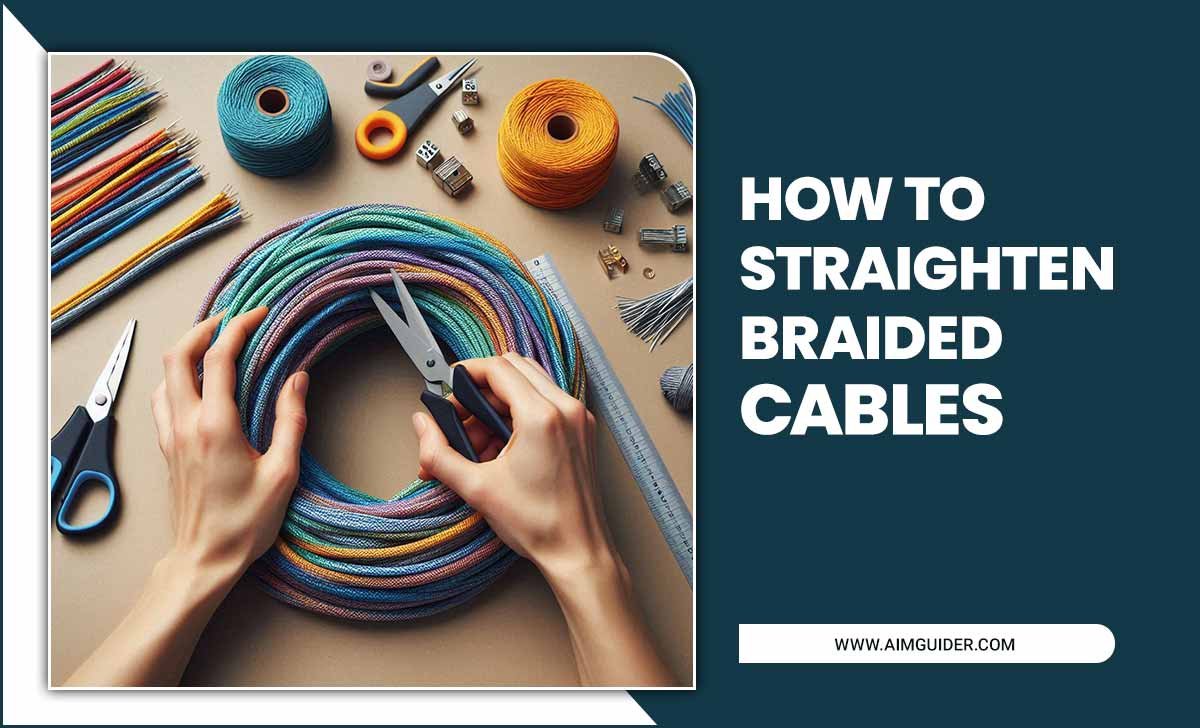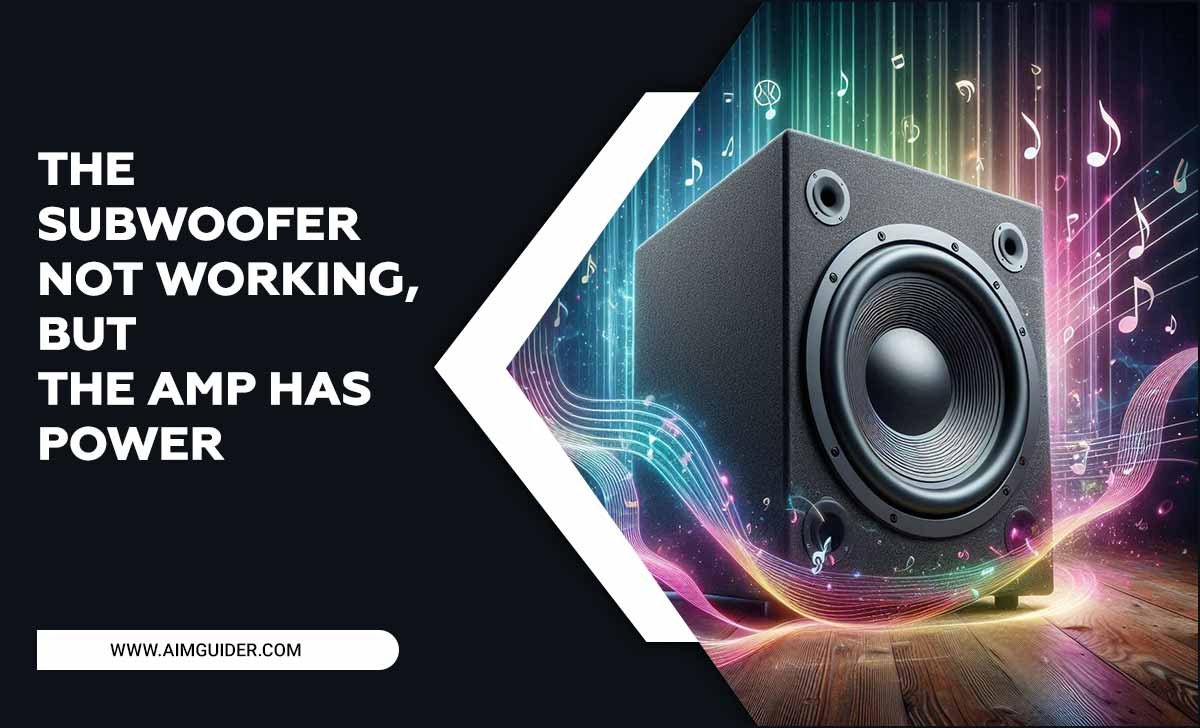The best TV for sports viewing offers vibrant colors, fast motion handling, and wide viewing angles to capture every thrilling moment. Look for features like high refresh rates, good contrast, and minimal motion blur to enjoy a clear, immersive sports experience.
Watching sports on TV can be a fantastic experience. You want to feel like you’re right there in the stadium, cheering for your team. But picking the right TV can feel overwhelming with so many options. What makes one TV better than another for sports? It’s all about clear action, bright colors, and a wide view so you don’t miss a single play.
Don’t worry, I’m here to help you cut through the confusion. We’ll break down what really matters, looking at the good and the not-so-good aspects of different TV technologies. By the end, you’ll know exactly what to look for to get the best sports viewing experience at home. Let’s dive in and find your perfect sports TV!
Why Sports Viewing is Different
Watching sports isn’t quite like watching a movie or a drama. It’s all about fast movements, quick cuts, and a lot of detail happening at once. Think about a football game with players sprinting across the field, a basketball game with rapid passes, or a hockey match with pucks flying. For these kinds of fast-paced events, you need a TV that can keep up.
The key elements that make a TV great for sports are:
Motion Handling: The ability to display fast-moving objects without blur or judder (jerky movements).
Color Accuracy and Brightness: Seeing vibrant team colors and distinguishing details in brightly lit or shadowy areas of the field.
Viewing Angles: Ensuring that everyone in the room, no matter where they’re sitting, gets a clear and colorful picture.
Contrast and Black Levels: Making sure dark areas look truly black and don’t appear washed out, which helps with detail.
Resolution and Clarity: A sharp picture that lets you see every detail, from the stitching on a baseball to the expressions on the players’ faces.
Understanding these aspects will help you make a choice that truly enhances your game-day experience.
Understanding Key TV Technologies for Sports
When you’re looking for a TV, you’ll hear a lot of buzzwords. For sports, a few technologies stand out that can make a big difference. Let’s look at the main ones:
LED vs. OLED TVs
This is one of the biggest distinctions you’ll encounter.
LED TVs (Light Emitting Diode)
These are the most common types of TVs. They use an LED backlight to illuminate the pixels on the screen.
Pros:
Brightness: Generally, LED TVs can get very bright, which is great for well-lit rooms. This helps combat glare.
Price: Usually more affordable than OLED TVs, especially at larger sizes.
Variety: A huge range of options are available from many brands.
Durability: Less prone to screen burn-in compared to OLEDs (though this is less of an issue now).
Cons:
Black Levels and Contrast: While good, they can’t achieve the perfect blacks of OLED because the backlight can sometimes leak through, making dark scenes look a bit gray.
Viewing Angles: Can be more limited. Colors and contrast might shift when viewed from the side.
Motion Handling: Varies greatly by model. Some high-end LEDs are excellent, but cheaper ones can struggle with motion blur.
OLED TVs (Organic Light Emitting Diode)
Each pixel in an OLED display generates its own light. When a pixel is “off,” it’s truly off, creating perfect black.
Pros:
Perfect Black Levels and Infinite Contrast: This leads to incredibly detailed images, especially in darker scenes or areas.
Exceptional Viewing Angles: Colors and contrast remain consistent no matter where you sit.
Incredible Motion Handling: Pixels can switch on and off almost instantly, resulting in very little motion blur. This is a huge plus for sports.
Vibrant Colors: Produce incredibly rich and accurate colors.
Cons:
Price: Typically more expensive than LED TVs.
Brightness: Generally not as bright as the brightest LED TVs, which can be a consideration in very sunny rooms.
Burn-in Risk: While much improved, there’s still a small risk of permanent image retention if static images (like a sports ticker or channel logo) are displayed for very long periods at high brightness. However, for typical sports viewing patterns, this is rarely an issue.
QLED TVs
QLED is a type of LED TV technology, primarily from Samsung, that uses Quantum Dots to enhance color and brightness.
Pros:
Excellent Brightness: Often brighter than standard LED and many OLEDs, making them great for bright rooms.
Vibrant Colors: Quantum Dots produce very vivid and lifelike colors.
Good Contrast: Better than standard LED, though not as good as OLED.
Cons:
Black Levels: Still relies on backlights, so black levels aren’t as perfect as OLED.
Blooming: Sometimes light can ‘bloom’ around bright objects on a dark background.
Viewing Angles: Can vary, but often not as wide as OLED.
Mini-LED TVs
This is an advancement in LED technology that uses thousands of tiny LEDs for backlighting, allowing for much finer control over brightness and contrast.
Pros:
Improved Contrast and Black Levels: Significantly better than traditional LED TVs, getting closer to OLED performance.
High Brightness: Can be very bright, excellent for HDR content and bright rooms.
Reduced Blooming: More localized dimming zones mean less light bleed.
Cons:
Price: Can be more expensive than standard LEDs.
Motion Handling: Still dependent on the panel processing but generally very good.
Still not OLED: Perfect blacks are still an OLED advantage.
For sports, OLEDs often shine due to their motion handling and viewing angles. However, bright QLED and Mini-LED TVs are excellent contenders, especially if your room is very bright or you’re on a tighter budget.
Essential Features for Sports Viewing
Beyond the basic screen tech, several specific features can elevate your sports watching.
Refresh Rate
This is how many times per second the image on your screen is updated. It’s measured in Hertz (Hz).
Standard TVs: Often have a 60Hz refresh rate.
Better for Sports: Look for 120Hz.
A higher refresh rate means the TV can display more frames per second, resulting in smoother motion. For fast-paced sports like basketball, hockey, and racing, a 120Hz panel is highly recommended. You’ll notice less blur and more clarity when players are running or the ball is moving quickly.
Some TVs use techniques like motion interpolation (sometimes called “motion smoothness” or “TruMotion”) to simulate* higher refresh rates or smoother motion on a 60Hz panel. While these can sometimes help, they can also introduce the “soap opera effect” where





